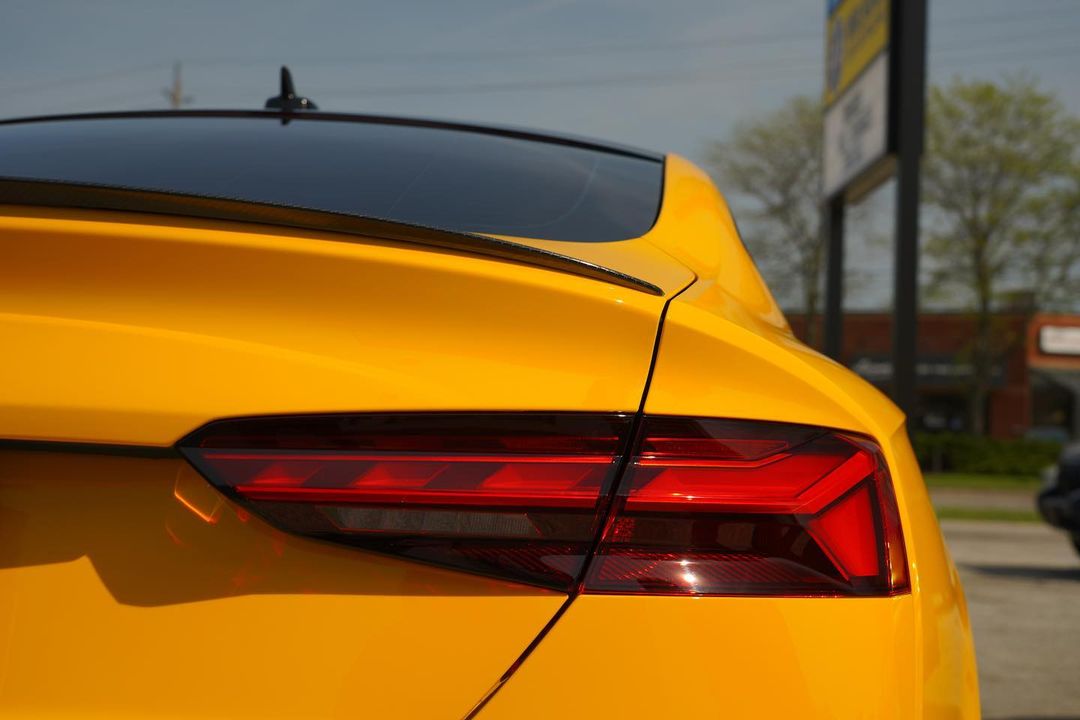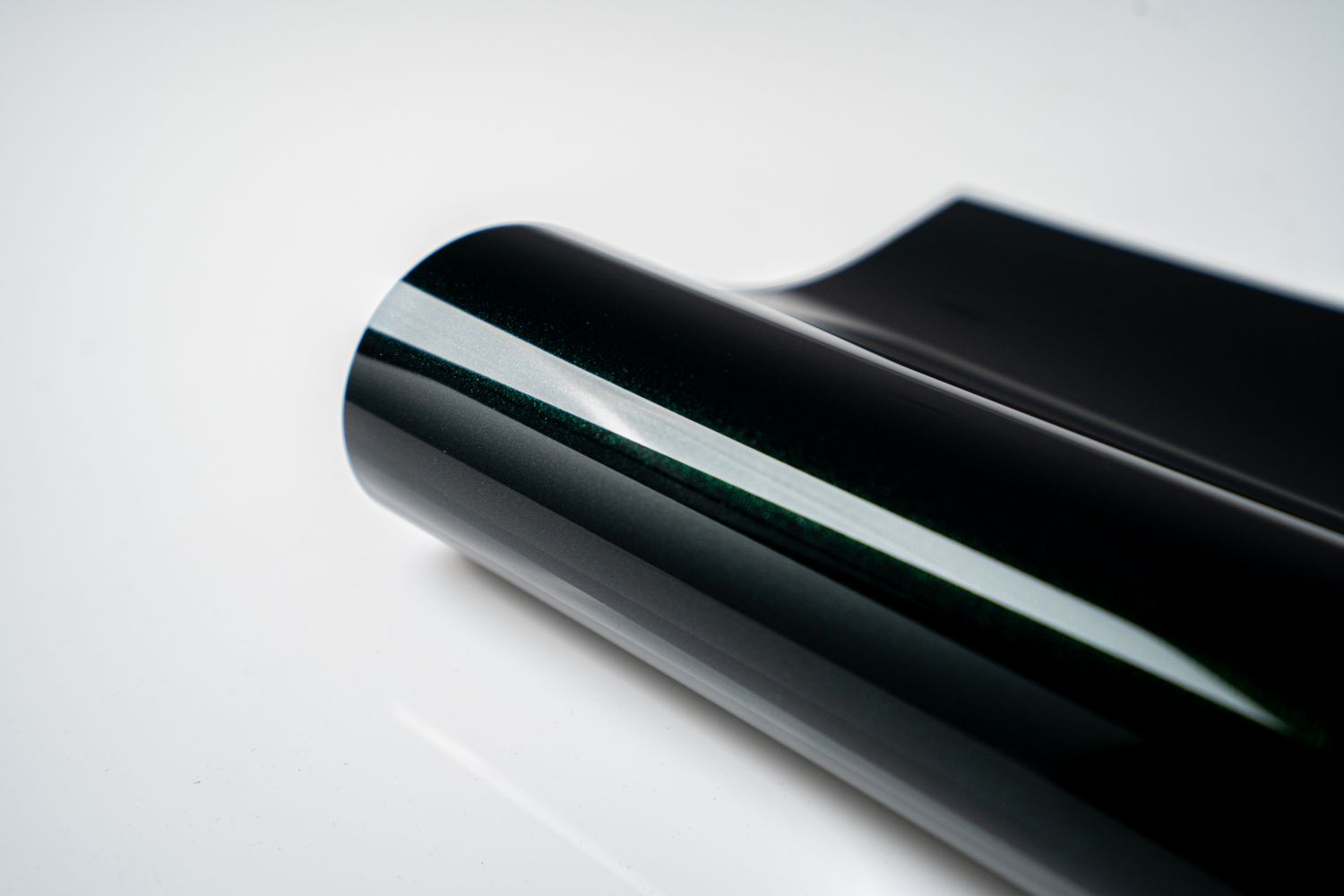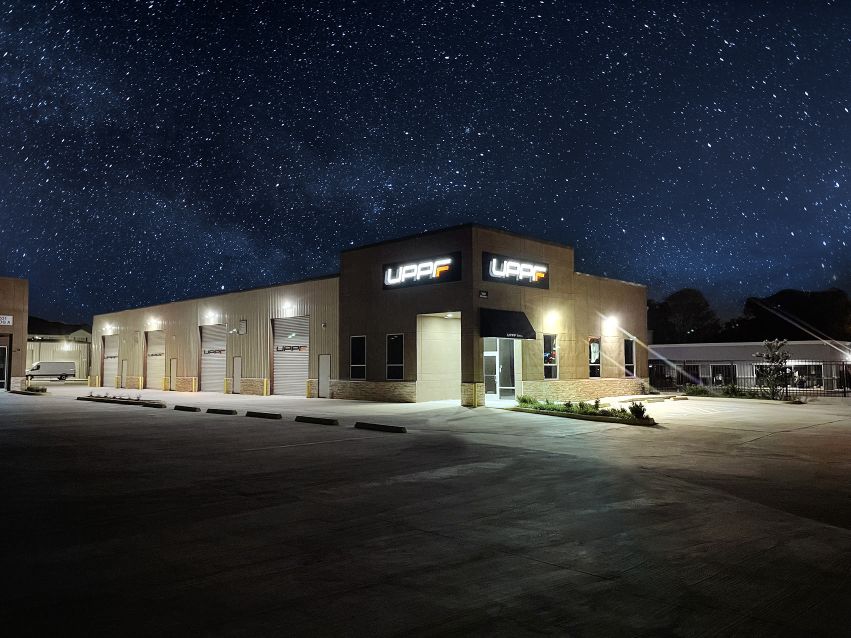Clear Paint Protection Films are invisible to the naked eye and will not affect the depth and clarity of your factory paint. But what about over time? Some people who have purchased car paint protection film in the aftermarket have noticed yellowing, blistering and peeling. So that you can make an informed decision, UPPF shares with you the reasons behind these degradations and what you need to do to avoid them.
Yellowing
An early complaint about paint protection film is that it starts to yellow over time, which of course can have a major impact on the appearance of a vehicle's paintwork, especially with white cars. This complaint was especially prevalent when automotive paint protection films were first introduced on consumer vehicles. Film manufacturers researched the matter and found that the yellowing effect came from the adhesives used to bond the film to the car body. UV exposure oxidizes the adhesive, which can cause discoloration.
Based on this discovery, research began on alternative adhesives and began using the acrylic adhesives used on most sheer bras today. This newly developed adhesive is UV resistant and will not oxidize or discolor. Effectively solve the problem of discoloration of car paint protection film. Today, if you put a substandard wrap on your car, it can use poor quality adhesive and cause discoloration. But all good quality professional film manufacturers use recently developed adhesives that do not discolor due to UV exposure.
Blistering
Sheer bras are said to "blister" when small air bubbles are found beneath the film. Foaming performance is closely related to application quality. Typically, air bubbles are created because contaminants are trapped under the film, causing the body and car paint protection film to separate. Over time, this can cause air bubbles under the film to grow larger and larger. Proper application includes attention to the vehicle's surface before any film comes in contact with the paint. This includes washing, claying and polishing. In addition, specialized application centers create a controlled environment where the air is filtered to remove contaminants that may become trapped beneath the membrane. So sub-par film and unprofessional application can lead to blistering.
Peeling
Peeling, of course, means that the edges of the film start to peel away from the paint. It can be caused by substandard film or unprofessional application, but is usually the result of improper care. Specifically, if you use a pressure washer to clean a car with a paint protection film, be sure to keep it at least 12 inches away from the film, especially from any exposed edges. If the pressure washer is aimed directly at the edge of the car's paint protection film, it can start to lift the film, which can cause peeling.
All that said, the complaints about paint protection films do come from real-life situations. However, as we have outlined, these situations have specific reasons that can be avoided. UPPF hope it can be helpful to everyone!









